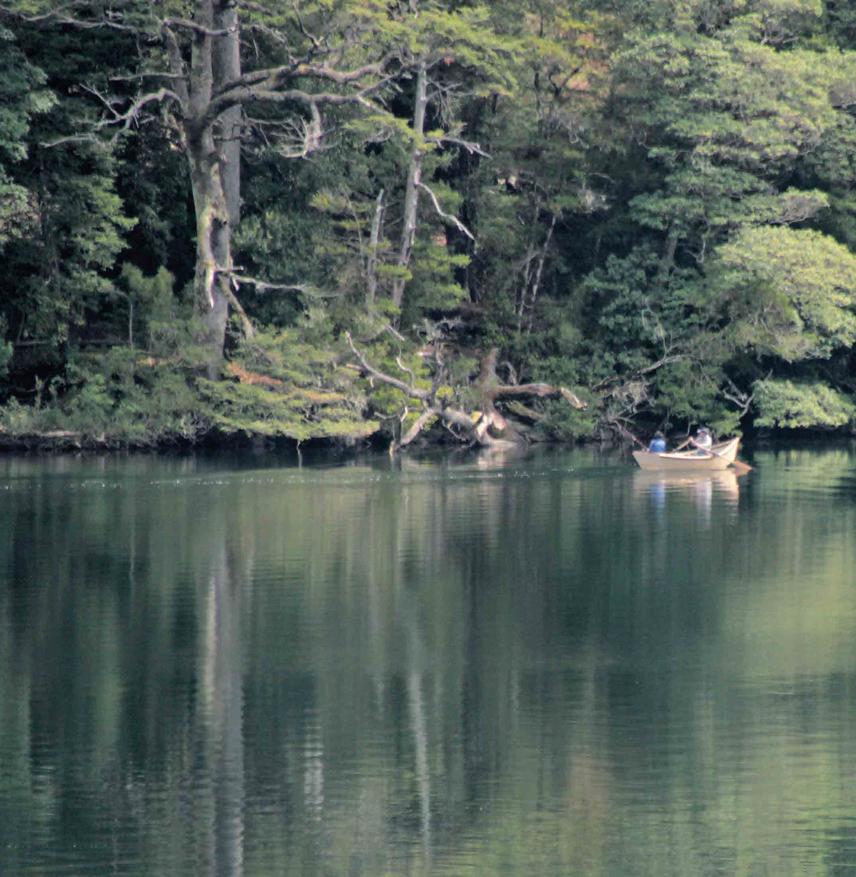Paula Meli
This project aim to understand how some abiotic and biotic environmental filters can constraint the recovery of riparian vegetation and the ecosystems services it could provide.

Lago Tinquilco, region de la Araucanía, Chile. ©Antonio Lara
The project will be carried out in three commonly-owned lands of Marqués de Comillas municipality, within the buffer zone of Montes Azules Biosphere Reserve (Lacandonia region). The lost of its natural habitat begun in the seventies and has increased in the last decade. Riparian zones are also deforested, to the detriment of ecosystem services and human well-being. Besides, abundance and diversity of fishes have decreased. Riparian vegetation prevents warming and evaporation of water, retains organic matter and soil, helps water filtering and impedes soil erosion. It can also play a role as connector between natural fragments. Local people complain about streams drying up and demand solutions to restore them. Riparian restoration is a key point to maintain and preserve ecological dynamics and ecosystems services. To accelerate restoration process, it is crucial to understand what factors constraint regeneration, which ecological processes are affected, and how these factors might limit the biotic response to any physical changes.
At first, we will construct a tree nursery where we expect to propagate at least 2,000 native saplings which will subsequently be transplanted in ten restoration plots. We will study one abiotic filter (soil compactation) and a biotic one (pasture competition), so the plots will be divided in two sections to evaluate the two factors. We will also evaluate the relation of the different flooding regimes of the streams on these environmental filters.
On the other hand, seed size and other “soft” functional traits from ten species could be tested as indicators of establishment ability. Survival and growth (height and diameter) of transplanted saplings will be measured every two month, as well as pasture coverture.
Considering that colonization of restored habitat is entirely reliant on the dispersal of organisms from extant populations, and that it may depend on the distance from remnant forest, we will also monitor natural regeneration in the plots, including species richness and diversity, and indicators of the regeneration process (e.g. total basal area, stems density). The project will last two years (April 2010 - 2012).